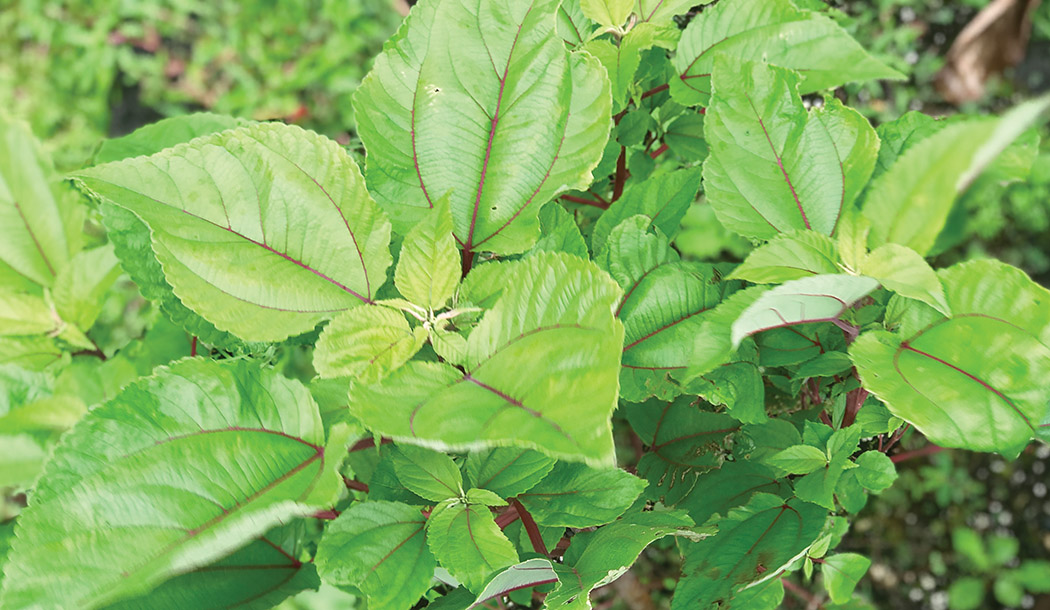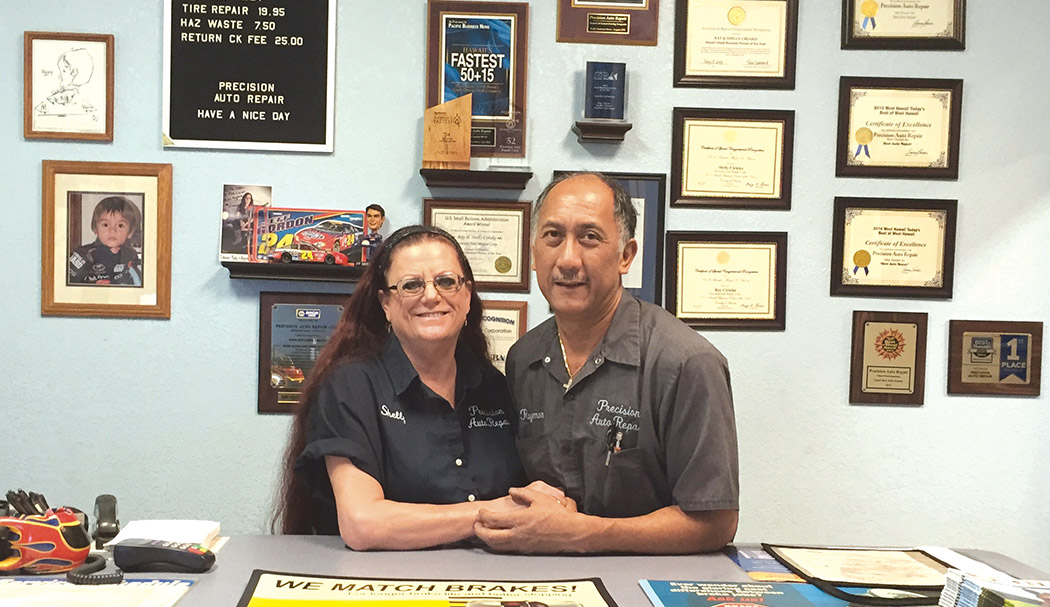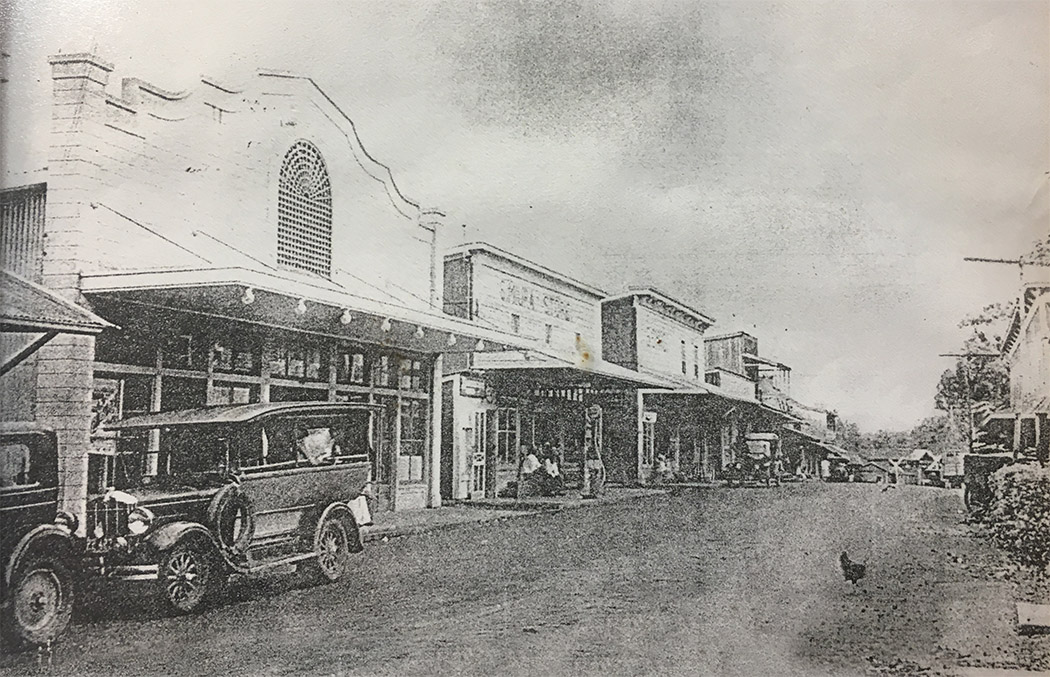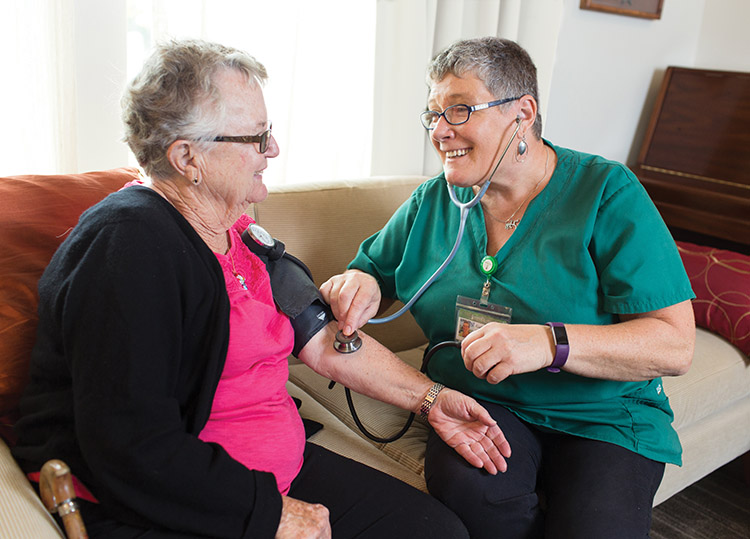
Hawai‘i Island’s Hospice Services: Providing More Than You May Think
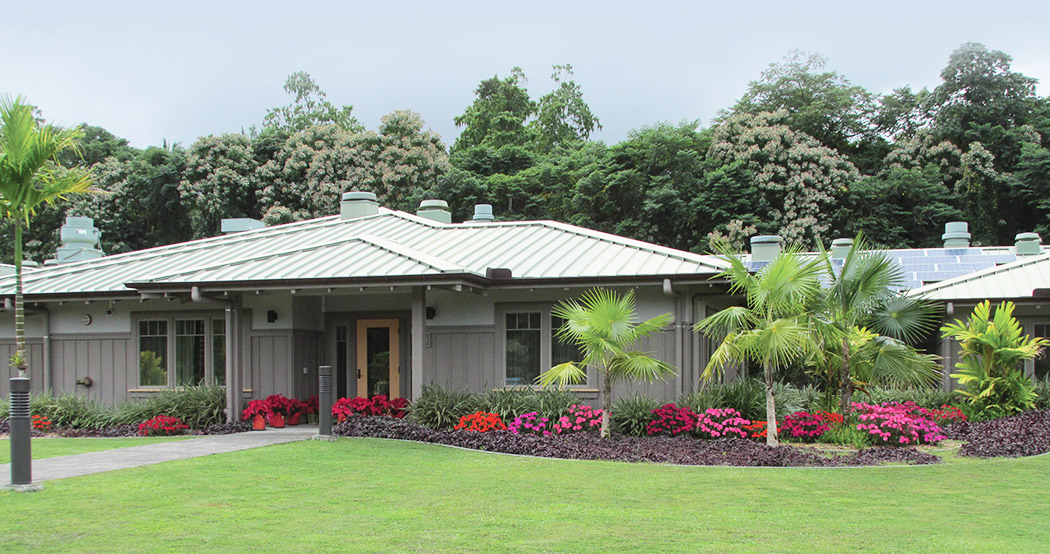
By Paula Thomas
Contrary to what people may think when they hear the word ‘hospice’, hospice is not a place. It is a philosophy of care that is patient-focused, holistic, comprehensive, and designed to support and improve patientsʻ quality of life once they are diagnosed with a terminal illness—which can, in some cases, even prolong the patient’s life. Yet hospice services are often engaged just days before someone passes away, leaving people little time to benefit from the variety of care that hospice organizations provide to patients and their families. A survey response often heard from surviving family members is, “I wish we had come to you sooner.”
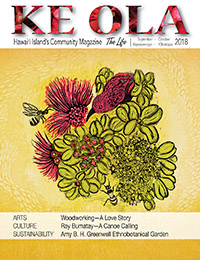
Hospice is a benefit to every American, and when accepted takes care of all medical needs related to the patient’s terminal diagnosis, bringing much-needed comfort to both patient and family. The goal is to reduce suffering with the support of social workers, physicians, nurses, spiritual counselors, CNAs, and volunteers.
This advanced, high-touch approach has been shown across multiple studies to improve patients’ symptoms, allow patients to avoid hospitalization and to remain safely and adequately cared for at home. This leads to better patient and family satisfaction, and significantly reduced prolonged grief and post-traumatic stress disorders among bereaved family members.
Most hospice care is delivered at home with the patient in charge of medical decisions. This usually leads to a comfortable, higher quality of life experience in a home setting where the patient’s preferences are honored, and that is what most people prefer. In addition, hospice supports caregiving family members during hospice care and afterward.
Hawai‘i Island has three hospices, each serving different regions, all in existence since the early-to-mid 1980s. Hospice care comes where the patient lives, whether that is a private home, a nursing home, or a long-term care facility. Medicare, Medicaid, and most private insurances cover hospice.
Hawai‘i Island’s hospices include Hawai‘i Care Choices in East Hawai‘i, North Hawai‘i Hospice in Waimea, and Hospice of Kona in Kailua-Kona. Together they provide bereavement and near-end-of-life care for all Hawai‘i Island families.
Hawai‘i Care Choices, Hilo
Hawai‘i Care Choices is the organization formerly known as Hospice of Hilo. The name change earlier this year reflects the expansion of regular services offered to meet the growing needs of families in East Hawai‘i who are grappling with issues that come with serious illness, the process of dying, and the grief that swirls as an integral part of these life experiences.
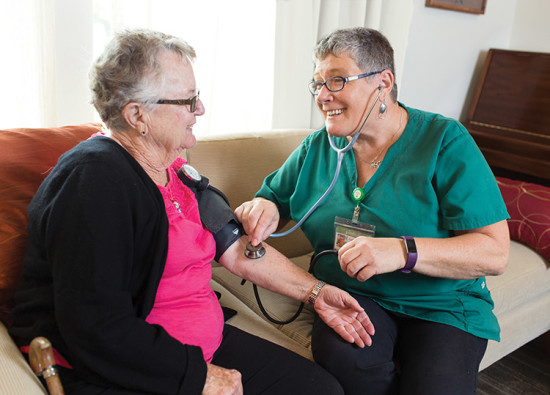
“Our new name seeks to provide a continuum of care for the progressing, seriously ill. This concept of palliative, hospice, and bereavement care allows patients to come to a single, integrated resource that offers guidance and support long before life’s final months,” notes Lani Weigert, clinical relations manager. “Meeting changing community needs means adding services that go beyond hospice care. With the addition of our Kupu Care Program, the only community-based palliative care program on Hawai‘i Island that bridges the needs of seriously ill patients not yet qualifying for the hospice benefit, our new name, Hawai‘i Care Choices, more correctly reflects who we are.”
Serving over 1000 patients and those who love them annually, the impact made on patients’ lives is best reflected in the stories of care that occur daily. One such story took place to the organization’s director of operations, Shirley Dellinger and her family.
In two months, Shirley’s father, William Sr. had three emergency room visits, two hospital admissions and a nine-day stay in rehab after a fall. He was admitted to hospice homecare for symptom management and pain relief caused by his many ailments. Shirley’s mother, Grace, was so relieved to have help.
“The care team aided our family in understanding Dad’s disease process, reduced his medications, so they were better for Dad and more manageable for Mom, and provided regular personal care like getting Dad into the shower—sparing Mom’s back and calming her stress,” said Shirley. “The counselors taught us how to just be present versus trying to offer what we thought he needed. I truly believe my dad’s life was extended an extra year due to his hospice admission.”
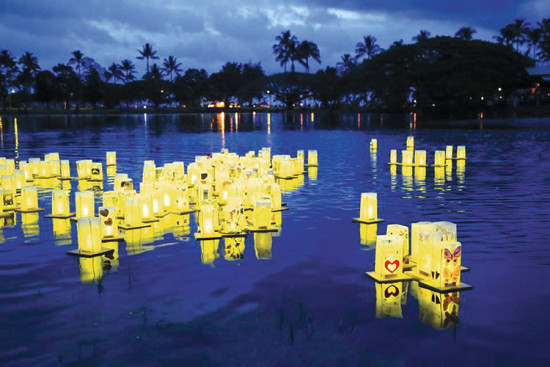
When William Sr. died, his grandchildren were at his bedside. Afterwards, they were counseled by the children’s bereavement counselor of Hawai‘i Care Choices for several months, and later attended family camp. “It was very healing to share the experience with other families who had the same struggles and were working through their grief,” said Shirley. “It helped us to connect to something bigger than ourselves.”
Shortly after the death of her father, Shirley’s brother entered Hawai‘i Care Choices’ 12-bed hospice inpatient facility, Pōhai Mālama, as his disease process was more complicated and required a higher level of care than could be given at home. Shirleyʻs family was grateful for the continued bereavement support.
In addition to the 13 months of bereavement care for family members of patients given through the hospice benefit, Hawai‘i Care Choices extends its individual and group counseling to the broader community in need, always at no charge. Most health plans do not currently cover the cost of providing palliative or bereavement care. In the case of hospice care, costs often exceed the reimbursements received from insurance companies. Donations and annual fundraising events like the organization’s Celebration of Life Lantern festival and Holiday Dinner and Auction, now in its 15th year, make a profound impact on the continued ability to meet patient needs.
The organization’s continuum of care approach means programs are available to accompany patients as soon as they are diagnosed with a serious illness. CEO Brenda S. Ho, who has led Hawai‘i Care Choices since 1990, explains, “We want people to know they do not have to make this journey alone.” Brenda continued, “We want people to have more conversations about their end-of-life wishes with their family members and doctors. We want them to know they have choices and options—their quality of life matters.”
North Hawai‘i Hospice, Waimea
Executive Director Katherine Werner has been at the helm of North Hawai‘i Hospice (NHH) since June 2008. She came to NHH after years working as a nurse in California and in health policy advocacy in Washington, DC.
“When you elect hospice,” notes Katherine, “you’re in a different philosophy of care: it’s comfort versus cure. It’s patient-centered, with the patients making decisions about what they want and don’t want.” Once a patient receives a diagnosis of terminal illness, an option exists: stay with traditional medical care or elect hospice by signing a medical form with a physician. “The minute you tell a patient that they are in charge, they are surprised,” she says.

NHH, like all the hospices, works to change social norms in Hawai‘i regarding conversations and decisions around serious illness and end-of-life care. Rather than focus on the end of life, the focus is on quality of life. “The biggest thing [to overcome] is the word ‘hospice’. It’s like the scariest thing to people. They think it means giving up, and hospice is therefore very depressing and sad,” Katherine explains. “But anyone can come into hospice if they have the diagnosis and support to get here. It’s not depressing. It’s usually gratifying. We find that people are feeling better, they are enjoying life; they are getting out with family and caregivers. They imagined that they were going to take to their bed and everyone would be standing around grieving.”
Hospice patients are assigned a social worker to get an advanced medical directive, the care plan for end of life, in place to cover critical decision making and daily patient management. Then, patients receive immediate, in-home attention for physical needs like pain and symptom management, medications, getting durable medical equipment, and personal care. “Hospice care can actually make you live longer if you’re being cared for because you are well supported and your symptoms are managed,” notes Katherine.
All patients receive a kit containing numbers to call in cases of emergency. It is not unusual that an ER nurse will be on the other end of a call, as many work for hospice on-call. When a patient does need medical attention, NHH uses long-term care facilities Hale Ho‘ola Hamakua or a facility in Kapa‘au.
Along with direct family assistance, NHH provides education, respite care, and grief counseling for families. NHH also assists with things that come under “unfinished business”—spiritual, emotional, financial, or social issues that need to be addressed.
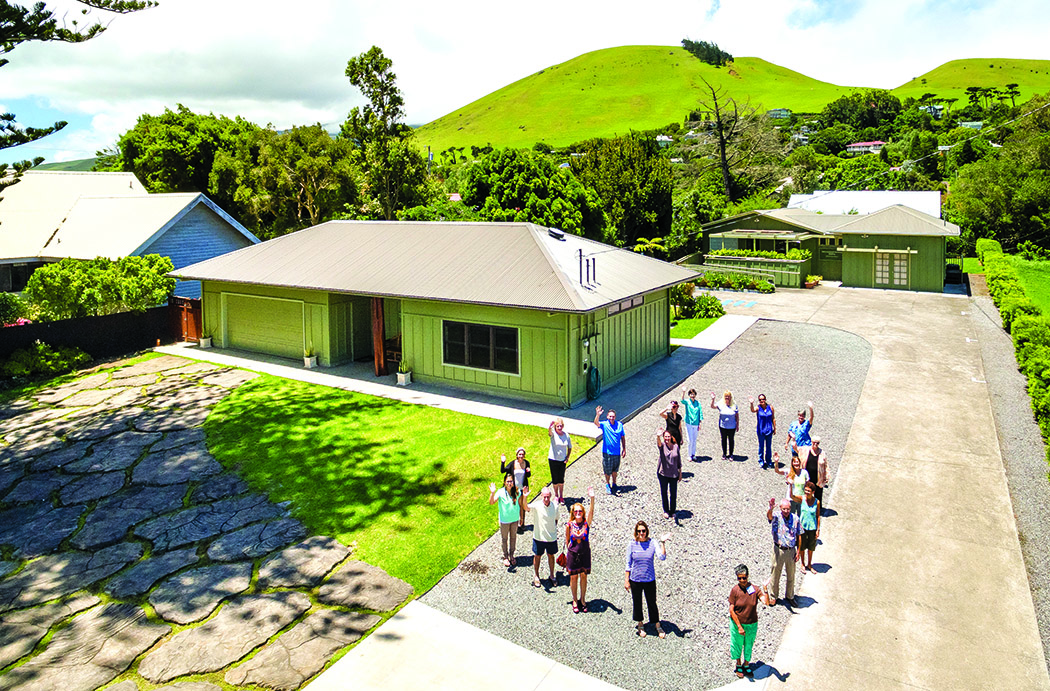
As a community-centric organization, NHH runs free educational programs concerning end-of-life issues to employers, schools, community groups, faith-based organizations, senior centers, and at Tutu’s House. Free group and one-on-one programs in grief and bereavement counseling occur regularly onsite for people of all ages. Bereavement counseling is also delivered at community schools, hospitals, and faith communities. The lending library is filled with books and videos about end-of-life issues as well as free resources for people touched by cancer and other life-limiting illnesses. Staff members occasionally respond to calls for grief and bereavement counseling from visitors who experience a loss or death while on island.
Twice a year, NHH offers a 15–18 hour training program led by the medical director for prospective volunteers. It covers hospice philosophy, death and dying, terminal illnesses, the grieving process, family dynamics, communication, spirituality, and cultural differences.
NHH serves a smaller, rural population and covers about 30 people per day. The team-based care (nurses, physicians, social workers, CNAs, etc.) is amplified by volunteers who do chores, mow lawns, do handyman jobs, art activities, and even massage.
As a nonprofit organization, NHH supports operating expenses with its signature High Country Tea event held at the Waiki‘i Ranch Clubhouse. Tommy Bahama sponsors an annual golf tournament, and the Fairmont Orchid partners on an annual Celebration of Life event held the last Sunday in August.
Hospice of Kona
Covering West Hawai‘i from Keahole to Ka‘ū, Hospice of Kona services approximately 45 people per day with a compassionate, professional staff of physicians, nurses, social workers and dedicated volunteers. It has been serving the community for more than 30 years with hospice and bereavement care.
While most care is delivered in the patient’s home, Hospice of Kona also has a 5-bed hospice residential home, Nakamaru Hale. It is for hospice patients who require a little more personal care, attention, and comfort than they may be able to get otherwise. Families are welcome to visit and share meals.
Above Nakamaru Hale is the new Maluihi Grief Center where various support groups, grief yoga, arts, and counseling occur. Services are free of charge to the community.

Memory Lane is the Hospice’s thrift boutique established in 2010. The store is on Kuakini Highway by the Hualālai Road intersection. Gently used clothing, housewares, and furnishings donated by the families of hospice patients are creatively merchandised there. The center is for giving, sharing stories, reliving memories, and volunteering for families and hospice volunteers, and since 2012 the proceeds from sales of Memory Lane go to support Nakamaru Hale.
Hospice of Kona also utilizes Memory Lane to loan out their medical equipment. Hospital beds and wheelchairs can be borrowed by anyone in the community. “It gives us a way of helping more than just our direct clients,” notes Laura Varney, CEO since 2006. “We are a resource for the entire community.”
Unique to Hospice of Kona is Camp Erin Hawai‘i, a free, immersive weekend offering bereavement services for youth ages 6–17 who have experienced the loss of a family member or friend, now in its 11th year. Hospice of Kona funds the camp in partnership with The Moyer Foundation of Seattle, WA. This year, 53 campers from all over the island participated, assisted by 70 volunteers. Grief workshops, learning to process grief, movement exercises, creative writing, crafts, and memorial ceremonies with candle lighting are wrapped up with camp activities like archery, obstacle courses, campfires, and singing. Youth from all over the state are welcome.
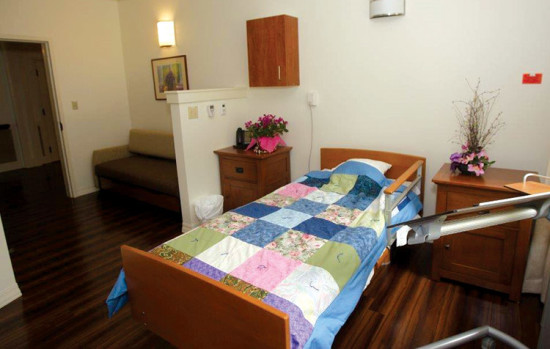
Like all nonprofits, fundraising matters, and Hospice of Kona hosts its 10th “Royal Tea” at the Four Seasons Hualālai this year. The Tea is a way to share with donors what is new and coming up. “There’s always something new, but this is really a social,” notes Laura. “Patients and family come together, families buy a table and bring friends. It’s a social way of honoring the work that has been done and letting everyone feel good about what hospice does, so staff and volunteers attend as well. It’s ridiculous hats and great food … there’s lots of toasting and very little formal program. It’s very healing and fun to stand back and watch the magic happen.”
“Hospice is not for the last few days of life, it’s for up to six months. We can stabilize the chaos that happens when a member becomes terminally ill,” says Laura.
Island Wide Hospice Care
All three of our island’s hospices offer similar services, and yet they each have their own unique attributes. We are fortunate to have Hawai‘i Island covered by these amazing organizations. ❖
For more information:
Hilo: Hawai‘i Care Choices, hawaiicarechoices.org
Waimea: North Hawai‘i Hospice, northhawaiihospice.org
Kona: Hospice of Kona, hospiceofkona.org
